A Tale of Two Robes
Have you ever admired the graceful flow of a kimono or noticed the vibrant simplicity of a yukata at a summer festival? At first glance, these garments look similar both are long, robe-like pieces tied with an obi (帯, sash). But behind their beauty lie centuries of history, cultural meaning, and meticulous craftsmanship.
Understanding the difference between a yukata and a kimono can transform how you appreciate Japanese tradition. From fabrics and formality to accessories and occasions, these garments tell stories of Japan’s seasonal life, social customs, and evolving fashion.
In this guide, we’ll explore:
- How yukata and kimono differ in history, fabric, and usage
- The rich accessories that complete each look
- How to choose, buy, and wear them today
- Modern trends and cultural etiquette
- Frequently asked questions to deepen your understanding
And along the way, we’ll see how these garments connect to handcrafted Japanese artistry, inspiring us to cherish traditional craftsmanship in everything from clothing to the tableware we use in daily life.

What is the Difference Between Yukata and Kimono?
Although yukata and kimono share a similar silhouette, their formality, materials, construction, and cultural roles make them distinct. Here’s a quick comparison:
| Feature | Yukata (浴衣) | Kimono (着物) |
|---|---|---|
| Formality | Casual: summer festivals, fireworks, onsen (hot springs) | Formal to semi-formal: weddings, tea ceremonies, graduations |
| Material | Cotton, hemp, or synthetic: lightweight and breathable | Silk, wool, high-quality polyester; often lined for seasonal use |
| Layers | Single-layered, no lining | May have internal lining (hiyoku), requires undergarments (nagajuban) |
| Seasons | Primarily summer | Year-round; types vary by season |
| Accessories | Simple hanhaba obi, no tabi socks | Elaborate obi, tabi socks, zori sandals, layered accessories |
| Occasions | Festivals, casual events, ryokan/onsen | Ceremonies, weddings, cultural gatherings, formal visits |
| Cost | Affordable, starting from ¥5,000–¥15,000 | Wide range; silk/vintage can be expensive, synthetic more budget-friendly |
| Care | Easy to wash and maintain | Often requires special care or dry cleaning |
Summary: A yukata is like a breezy summer dress light, casual, and easy to wear. A kimono is a structured, layered outfit that signifies tradition and is reserved for more formal occasions.
The History and Evolution of Yukata and Kimono
Kimono: From Ancient Court to Modern Ceremony
- Origins: The kimono’s roots trace back to the Heian period (794–1185), inspired by Chinese court fashion and evolving from the kosode (小袖), originally an undergarment.
- Cultural Role: By the Edo period (1603–1868), kimono became outerwear for all classes, with designs reflecting status, season, and occasion. Silk, intricate dyes, and family crests (kamon) adorned formal kimono.
- Modern Use: Today, kimono are worn for weddings, tea ceremonies, graduations, funerals, and passed down as family heirlooms.
Yukata: From Bathhouse to Festival
- Origins: Yukata began as yukatabira (湯帷子), worn after bathing in steam baths during the Heian period.
- Evolution: In the Edo period, they became popular as casual summer wear, especially at onsen (hot springs) and festivals.
- Modern Use: Now, yukata are synonymous with summer festivals (matsuri), fireworks displays, and relaxing at traditional inns (ryokan).

Fabrics, Patterns, and Symbolism
Yukata
- Fabrics: Cotton, hemp, or lightweight synthetics chosen for breathability and comfort in Japan’s humid summers.
- Patterns: Bold, seasonal motifs like morning glories, fireworks, or flowing water. Women’s yukata are often brightly colored; men’s are typically indigo, navy, or gray with subtle designs.
- Practicality: Easy to wash and quick to dry, ideal for casual outings and travel.
Kimono
- Fabrics: Ranges from luxurious silks (chirimen, rinzu, Nishijin brocade) to wool, cotton, or modern polyester blends.
- Patterns: Deeply symbolic cherry blossoms for spring, maple leaves for autumn, cranes for longevity, and family crests for identity.
- Types by Season: Hitoe (unlined, early summer), Awase (lined, cooler months), and bridal Uchikake with heavy embroidery.
Cultural Note: Patterns and colors are not just decorative they signal the season, occasion, age, and status of the wearer.
Accessories and Components: Completing the Look
Both garments are elevated by accessories, each with its own meaning:
- Obi (帯): Yukata use simple hanhaba obi; kimono may use wider, ornate obi (e.g., fukuro obi).
- Obijime (帯締め): Decorative cord that secures the obi knot.
- Obidome (帯留め): Small ornamental clasp for the obijime.
- Nagajuban (長襦袢): Undergarment worn beneath kimono to protect the outer fabric.
- Koshihimo (腰紐): Thin sashes used to secure the layers.
- Tabi (足袋): Split-toe socks, essential with kimono and formal footwear.
- Footwear: Yukata are paired with geta (下駄); kimono with zori (草履) or setta (雪駄) sandals.
- Outer Layers: Haori jackets, michiyuki coats for cooler weather.
- Hair Ornaments: Kanzashi (簪) for formal occasions.
- Bags: Kinchaku (巾着) drawstring bags, often matching the attire.
- Fans: Sensu (folding fans) or uchiwa (flat fans), both practical and decorative.
Tip: Even a simple yukata can become a statement piece with a beautifully tied obi or a delicate kanzashi.
Gender, Age, and Style Differences
For Women
- Kimono: Ranges from furisode (long sleeves for unmarried women) to tomesode for married women, and komon for casual wear.
- Yukata: Brighter colors, bold patterns, and wider sleeves.
- Accessories: Elaborate obi, hair styling, and kanzashi.
For Men
- Kimono: Subdued colors (navy, black, brown), minimal patterns. Formal occasions may include hakama and haori jackets.
- Yukata: Simple, dark hues, straightforward patterns.
- Accessories: Narrower obi, simpler footwear.
For Children
Boys and girls wear yukata and kimono for festivals and ceremonies, often with playful patterns or family crests.

How to Wear Yukata and Kimono: Step-by-Step
Basic Rules
- Always wrap left over right (right over left is only for funerals).
- Adjust the length so the hem falls at the ankle.
- Secure with koshihimo before tying the obi.
Wearing a Yukata
- Put on a light undergarment (optional).
- Wrap the yukata left over right.
- Adjust the hem and secure with koshihimo.
- Tie the hanhaba obi at the waist or back.
- Slip on geta sandals (no socks needed).
Wearing a Kimono
- Start with undergarments and the nagajuban.
- Place the kimono over it, wrap left over right.
- Adjust the collar so it sits at the nape of the neck.
- Secure with koshihimo.
- Tie the obi, adding obijime and obidome if needed.
- Add tabi socks and zori or setta sandals.
- Layer with haori or michiyuki if needed.
Pro Tip: First-timers often use video tutorials or visit kimono/yukata rental shops in Japan for hands-on assistance.
Occasions, Etiquette, and Seasonal Use
When to Wear a Yukata
- Summer festivals (matsuri)
- Fireworks displays (hanabi taikai)
- Ryokan and onsen stays
- Casual outdoor gatherings
When to Wear a Kimono
- Formal ceremonies: weddings, tea ceremonies, graduations, funerals
- Seasonal cultural events
- Coming-of-age ceremonies (seijin shiki)
- New Year’s visits (hatsumode)
- Traditional performances (Noh, Kabuki)
Cultural Etiquette
- Choose patterns and colors appropriate to the season and occasion.
- Avoid overly bright or casual yukata at formal events.
- Mind the left-over-right rule.
- For foreigners: Wearing yukata or kimono is welcomed in Japan when done respectfully; rentals are common and encouraged.

Buying Guide: How to Choose Your Yukata or Kimono
- Purpose: Summer events call for yukata; formal occasions require kimono.
- Budget: Yukata ¥5,000–¥15,000; kimono ranges widely (handmade silk can cost thousands).
- Fit: Most are adjustable, but taller/broader individuals may need custom sizes.
- Accessories: Don’t forget obi, footwear, and seasonal accessories.
- Where to Buy: Kyoto’s Nishijin district, department stores, vintage shops, online boutiques (e.g., Japan Objects Store), or rental shops.
- Care Tips: Yukata are machine-washable; kimono often require professional cleaning.
Modern Trends and Cultural Relevance
- Fashion Revival: Younger generations mix traditional styles with modern accessories like sneakers or denim.
- Rental Services: Popular in tourist areas for cultural experiences.
- Global Influence: Designers worldwide reinterpret kimono-inspired styles, but in Japan they remain tied to identity and ritual.
- Sustainability: Vintage kimono and upcycled fabrics are gaining popularity for eco-consciousness.
Frequently Asked Questions
Can men and women both wear yukata and kimono? Yes, though colors, patterns, and accessories differ.
Is it appropriate for foreigners to wear them in Japan? Absolutely. It’s appreciated when done respectfully.
What’s the price difference? Yukata are affordable; kimono can be a major investment.
How do I know if I’m wearing it correctly? Follow the left-over-right rule, choose seasonally appropriate patterns, and seek rental shop guidance or tutorials.
What’s the difference between a kimono and a “kimono robe” sold in the West? Western robes are inspired by the silhouette but lack the cultural significance and craftsmanship of true kimono.
Bringing Tradition Into Your Life
Just like a handcrafted yukata reveals the skill of its maker, Japanese artisan tableware carries the same attention to detail. Imagine sipping matcha from a tea bowl while wearing a simple summer yukata, or serving seasonal sweets on a lacquered tray that echoes the colors of a kimono.
Both clothing and tableware invite us to appreciate texture, color, and form and embrace the beauty of everyday rituals.
Which would you try first: the breezy comfort of a yukata, or the timeless elegance of a kimono?


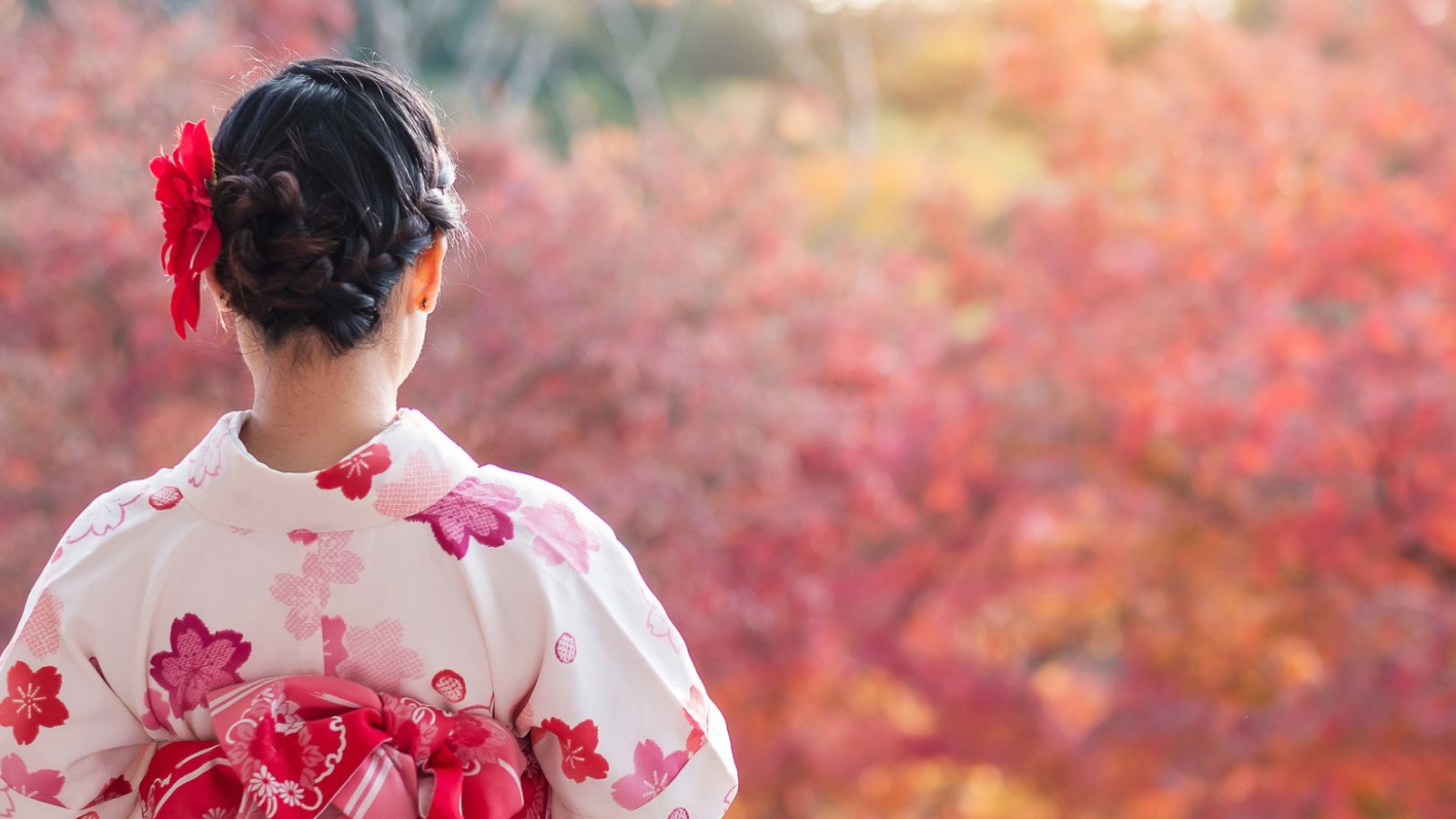
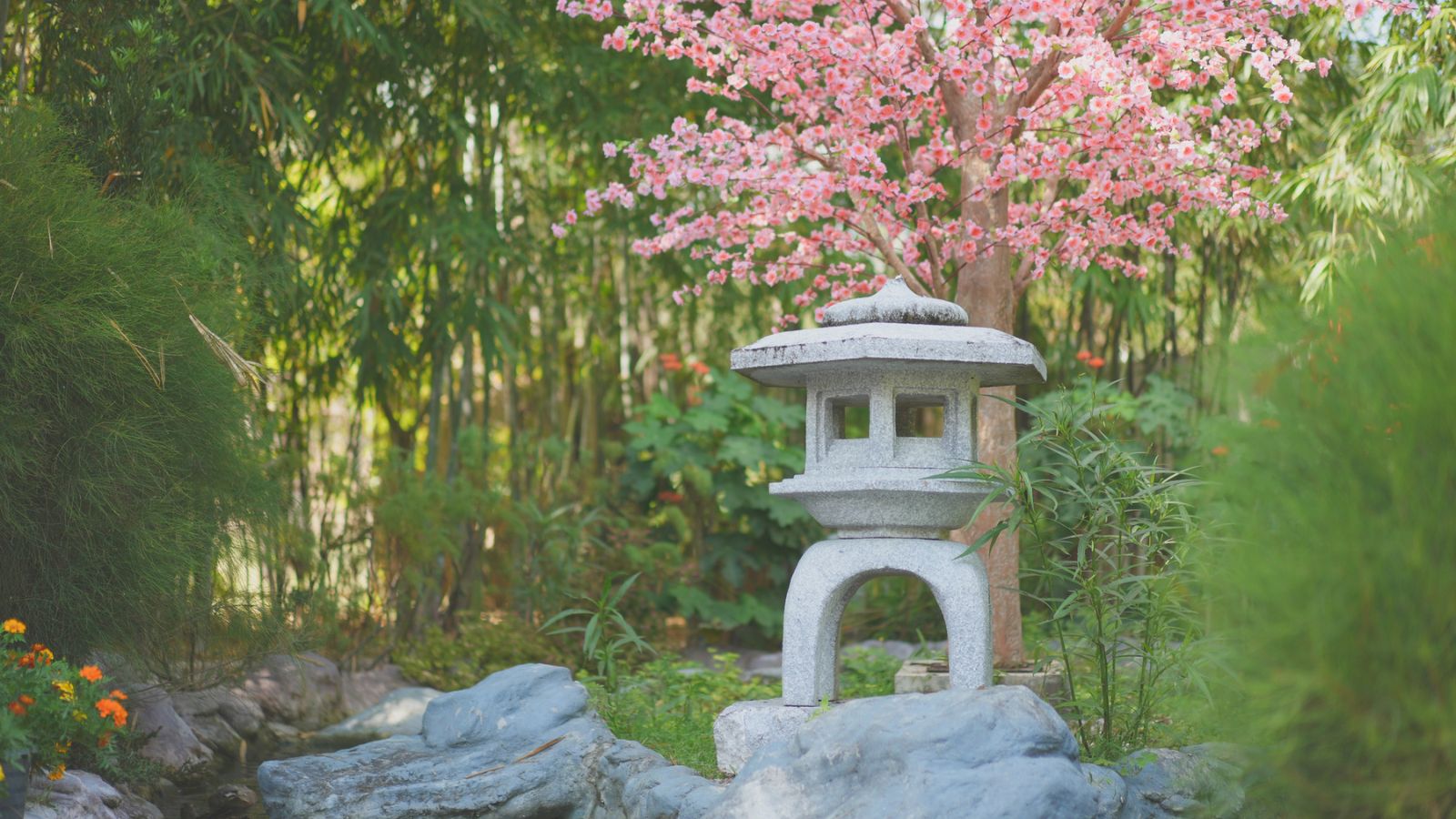
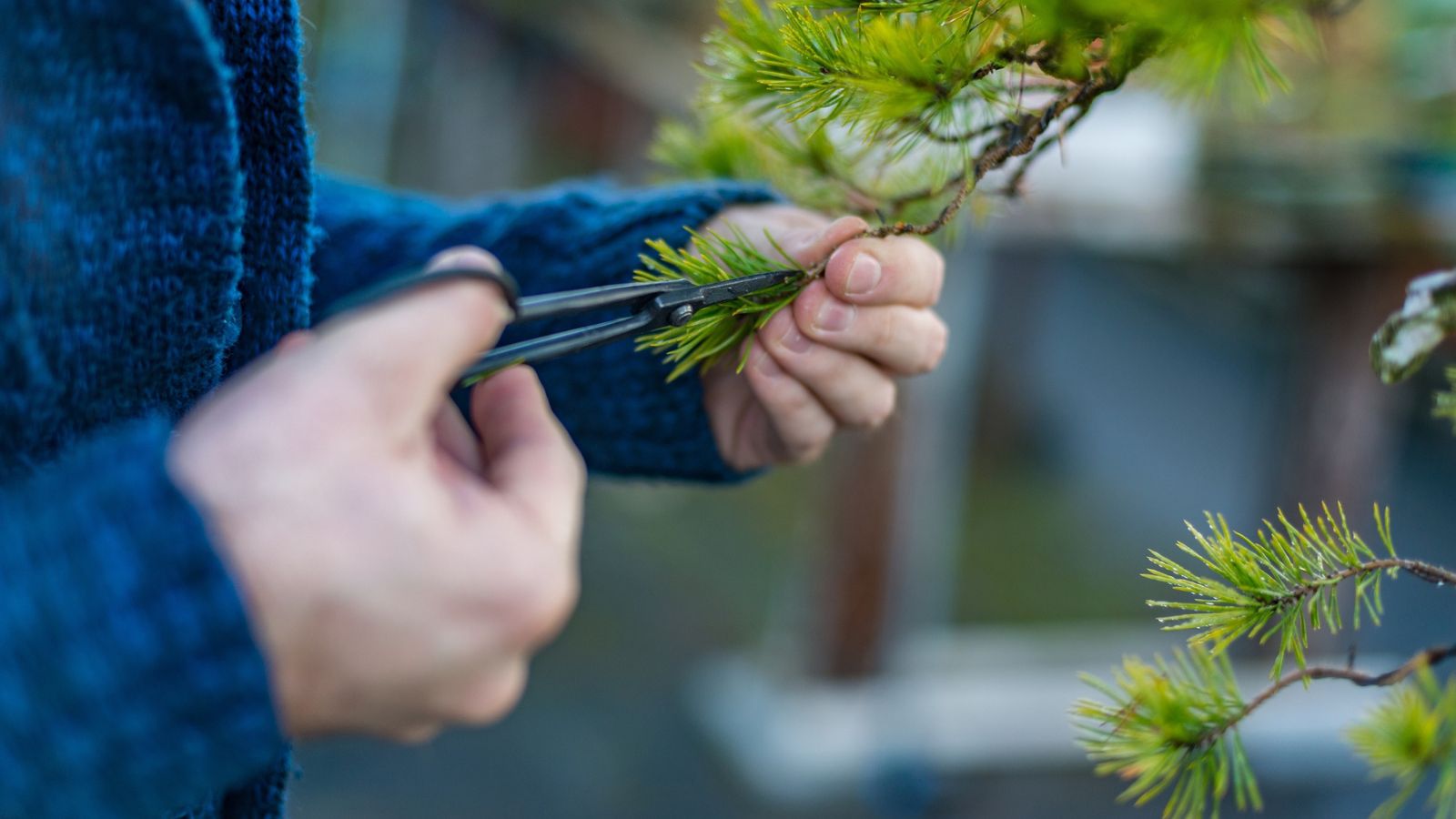
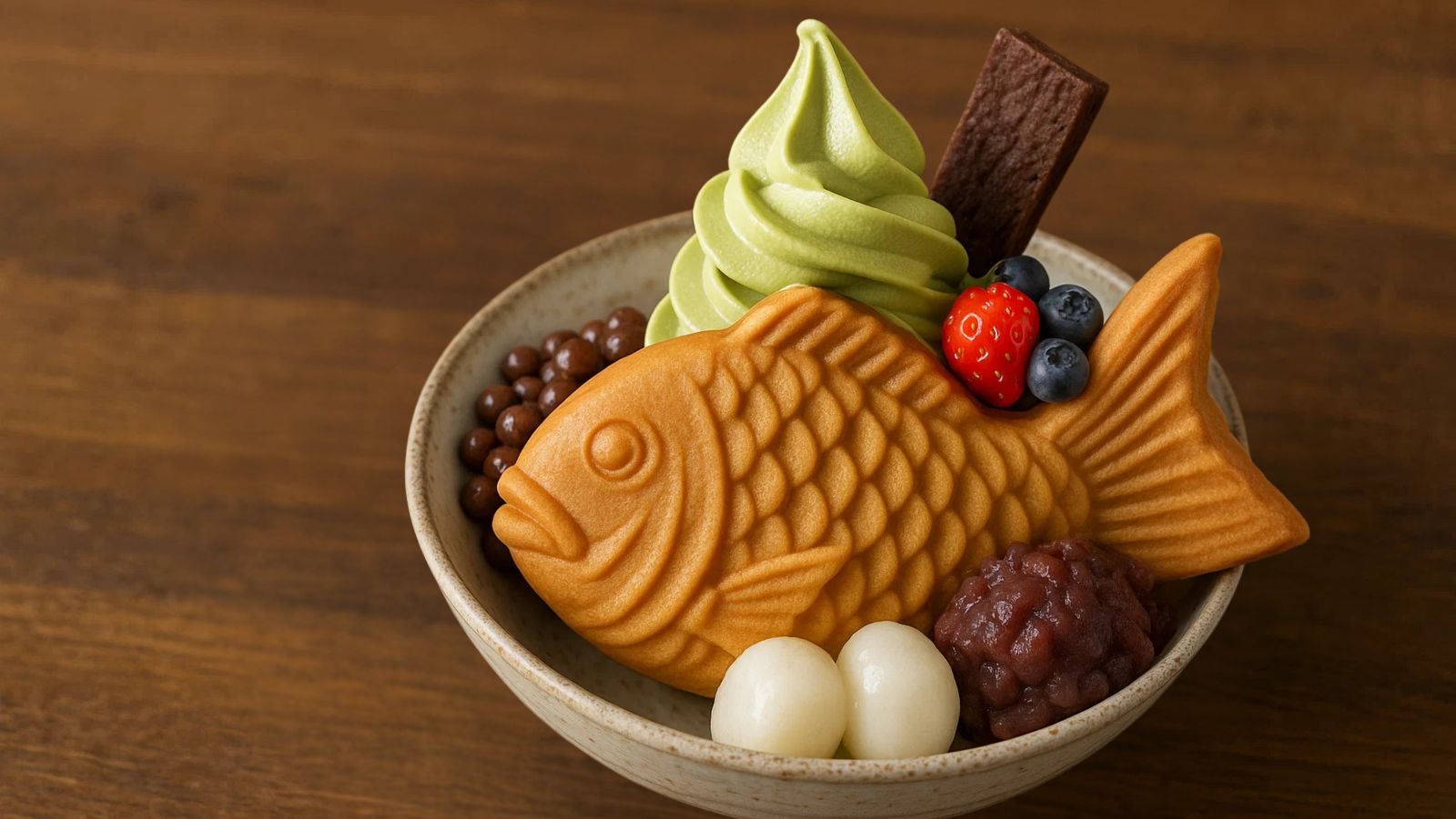
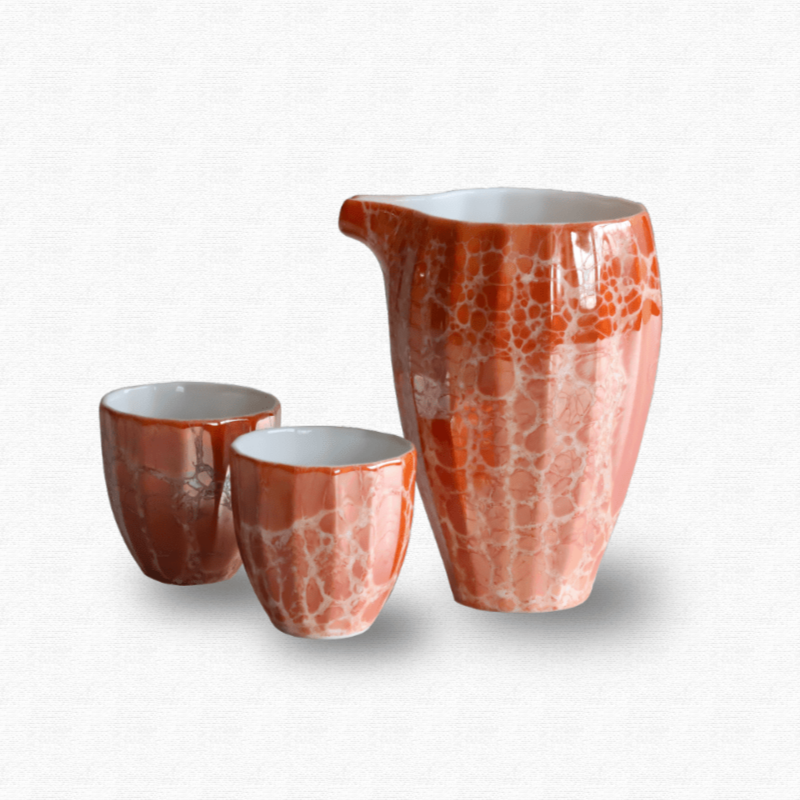

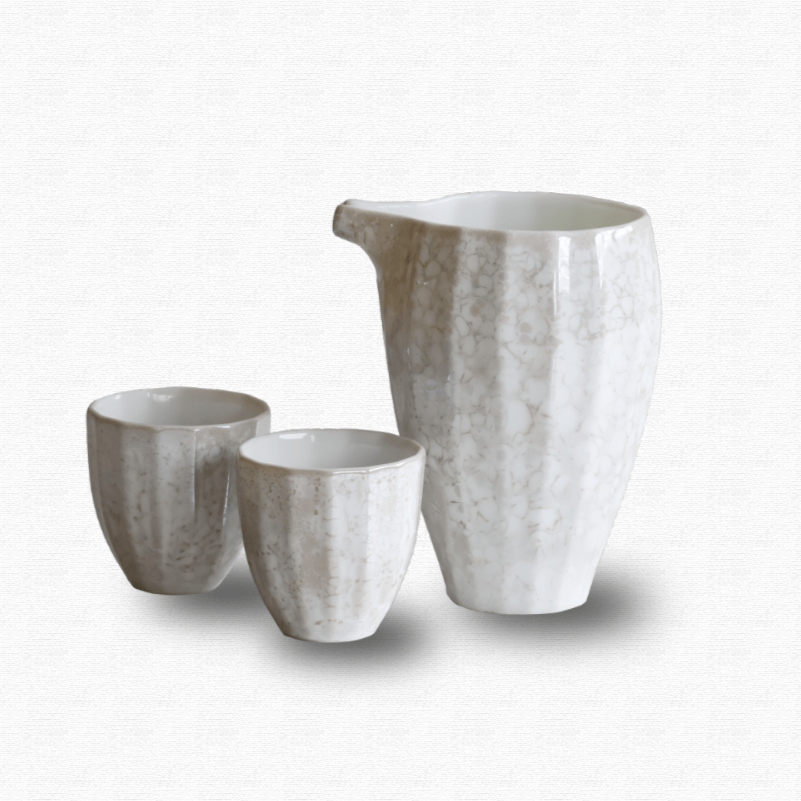
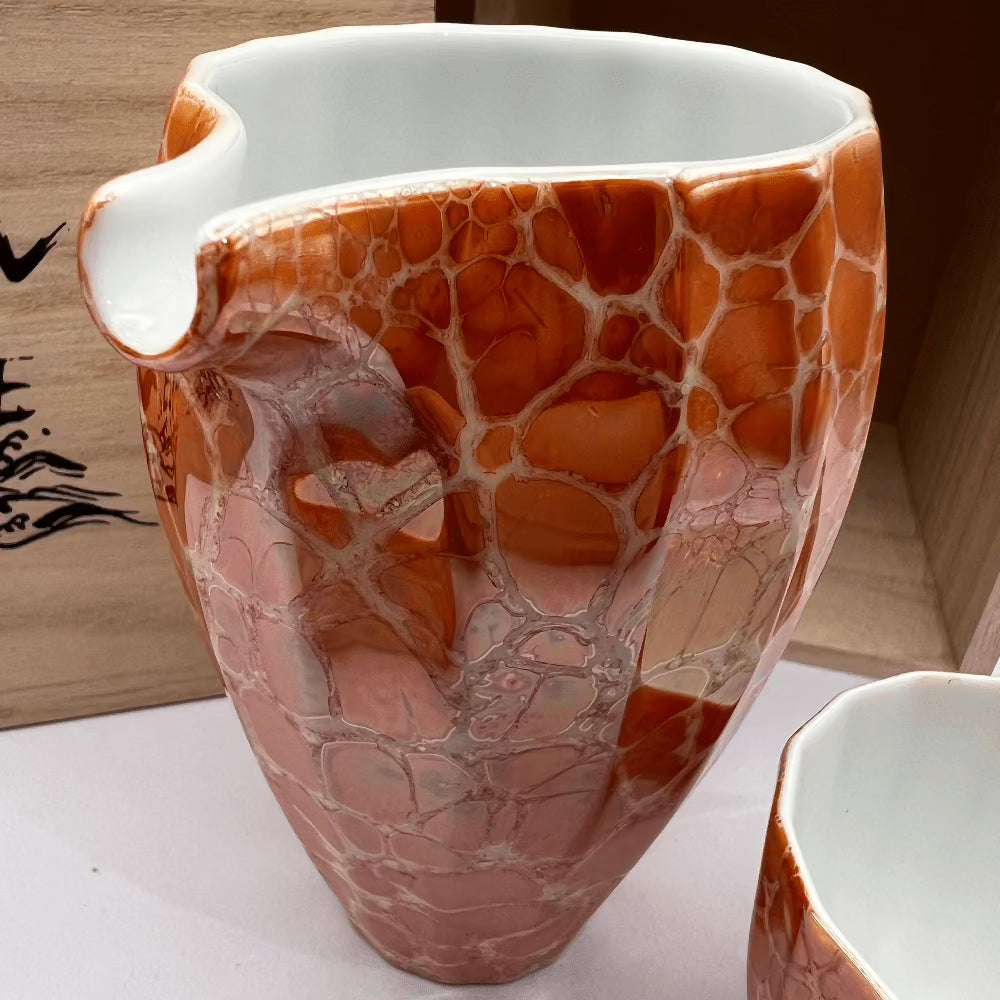
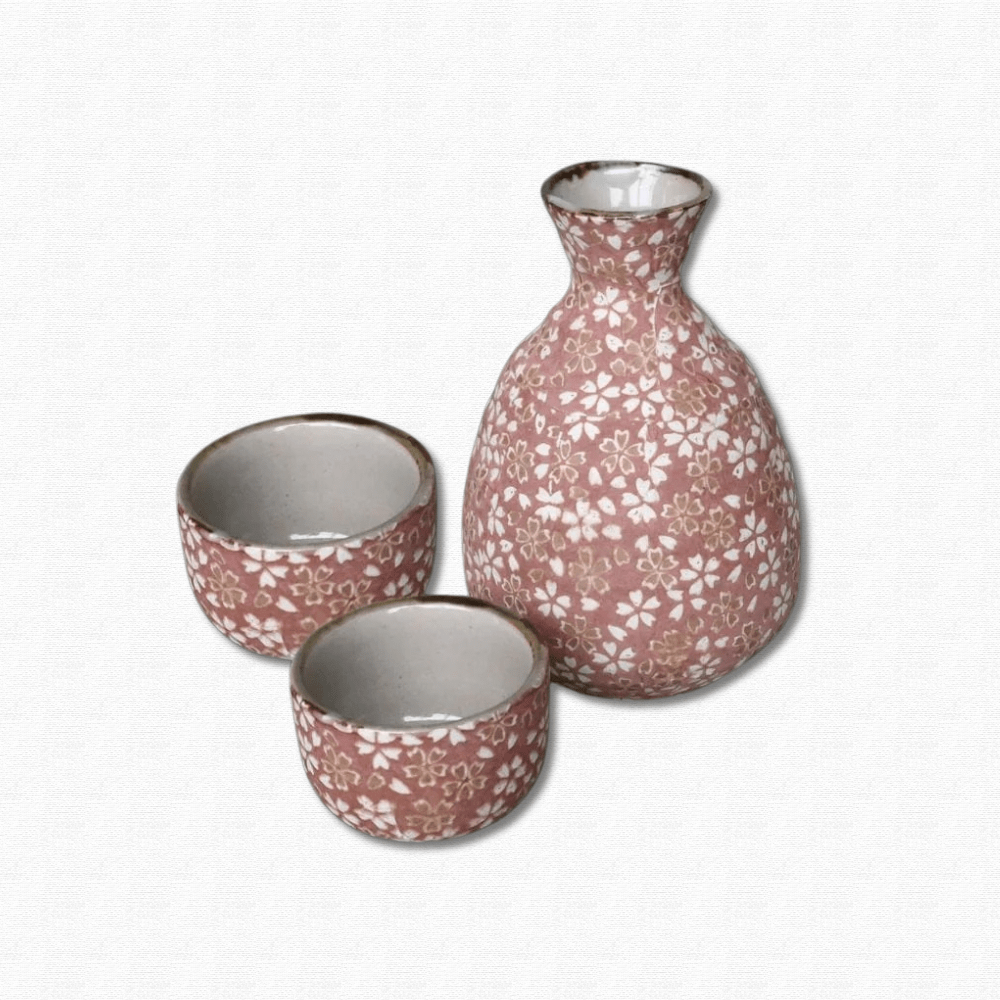
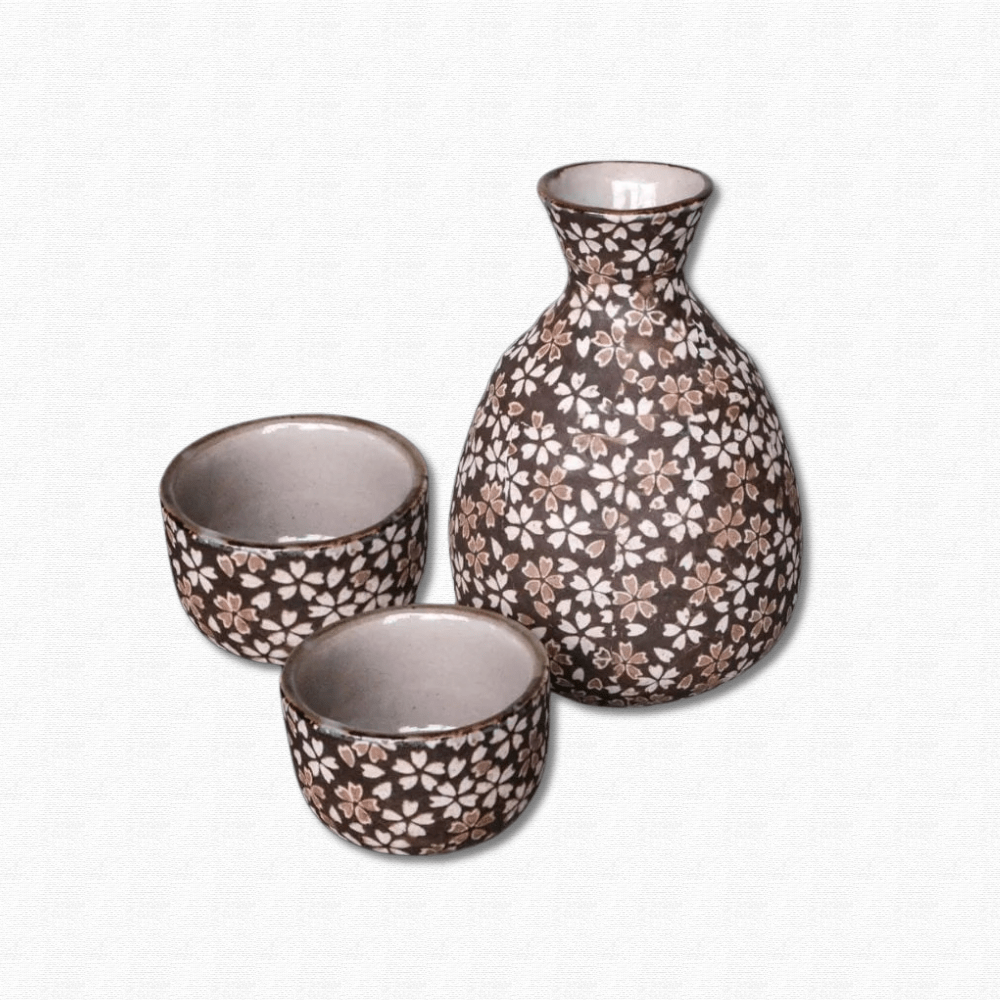
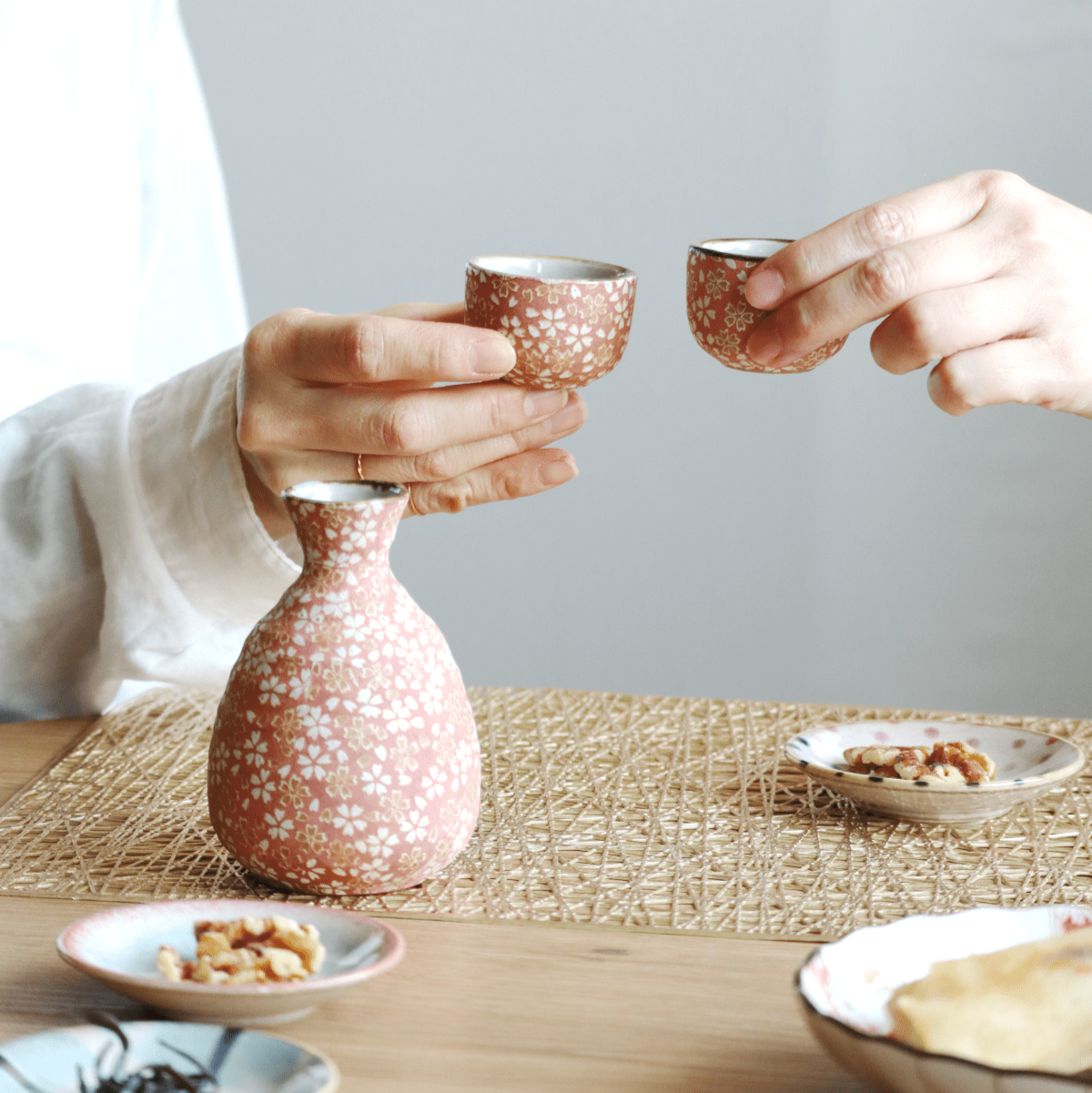
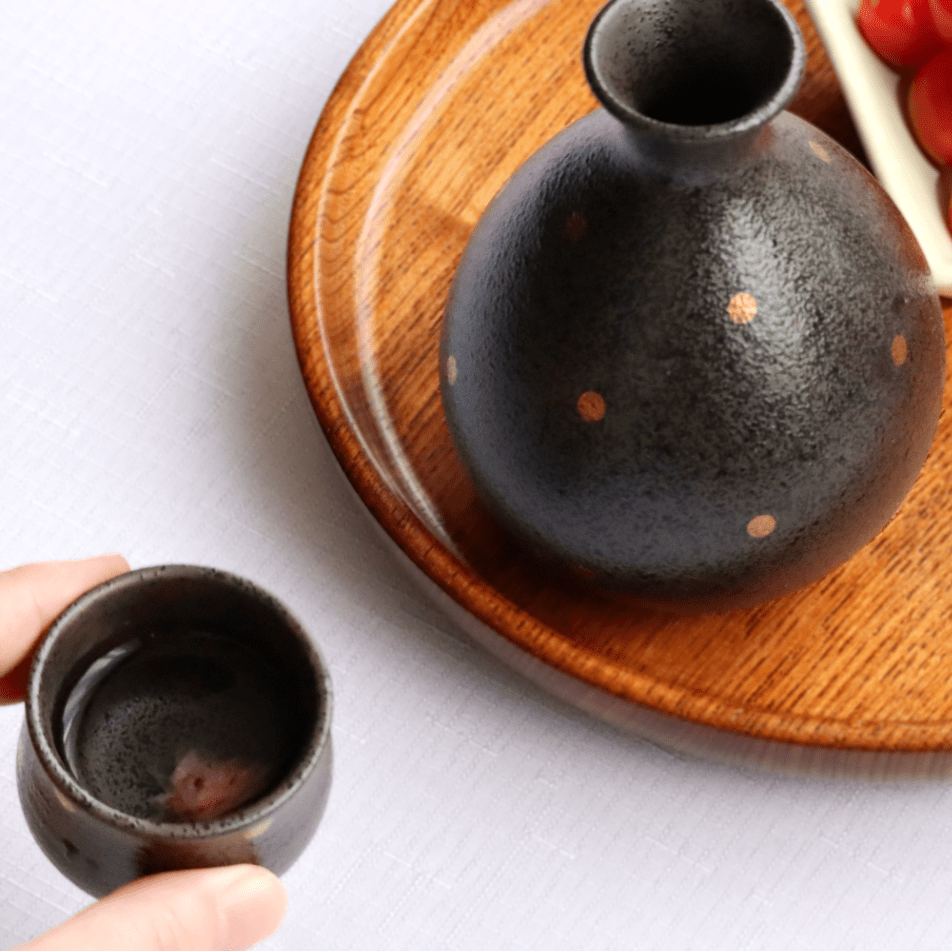
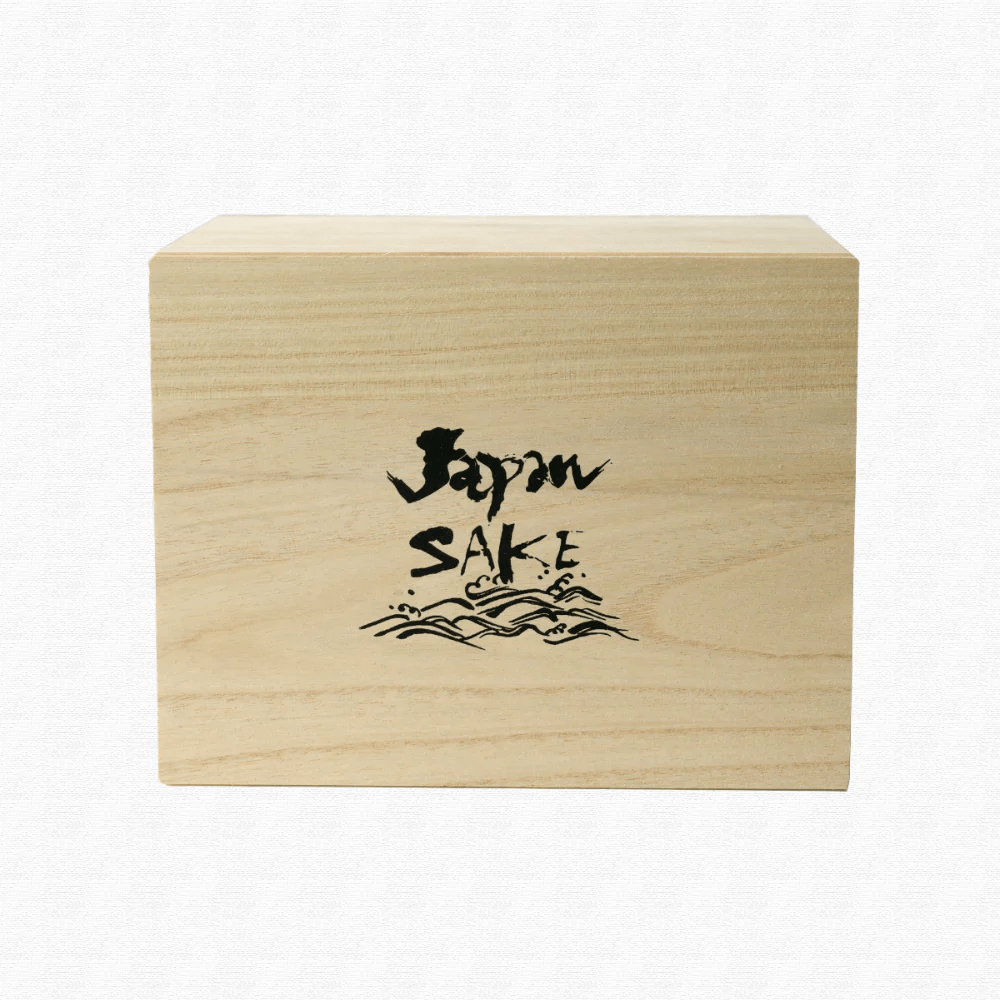

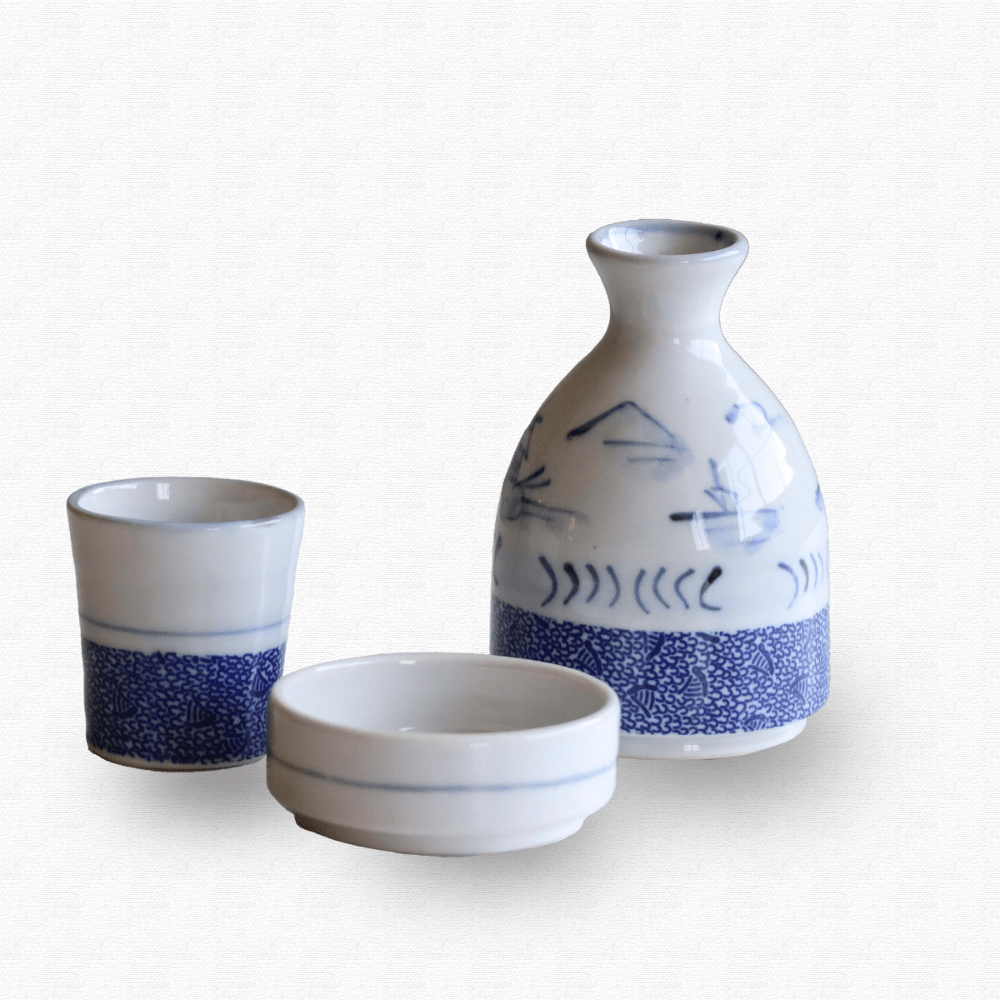
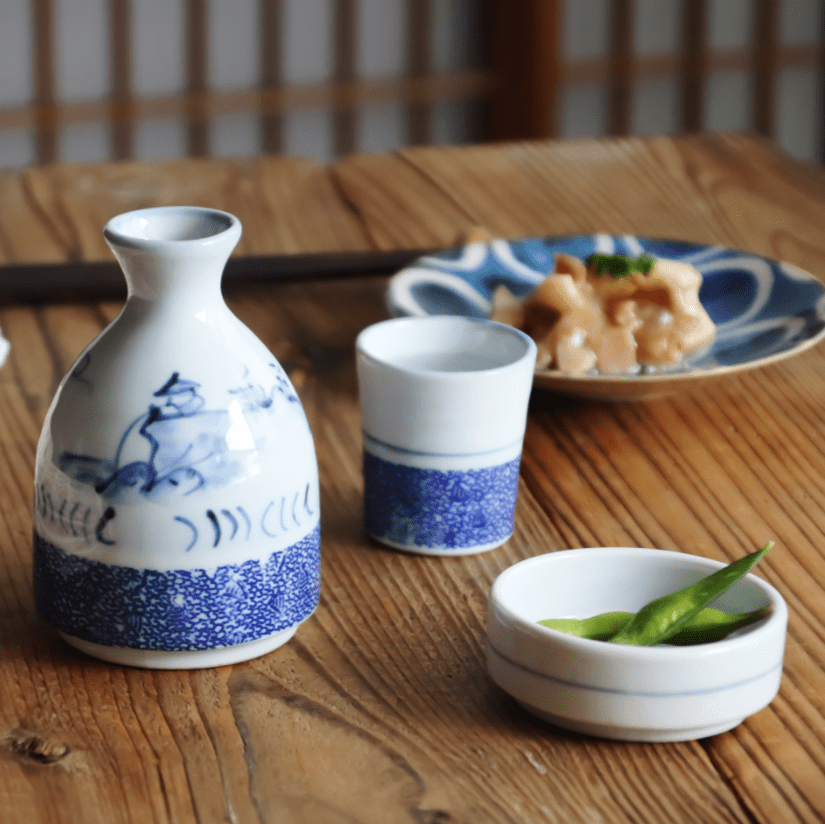
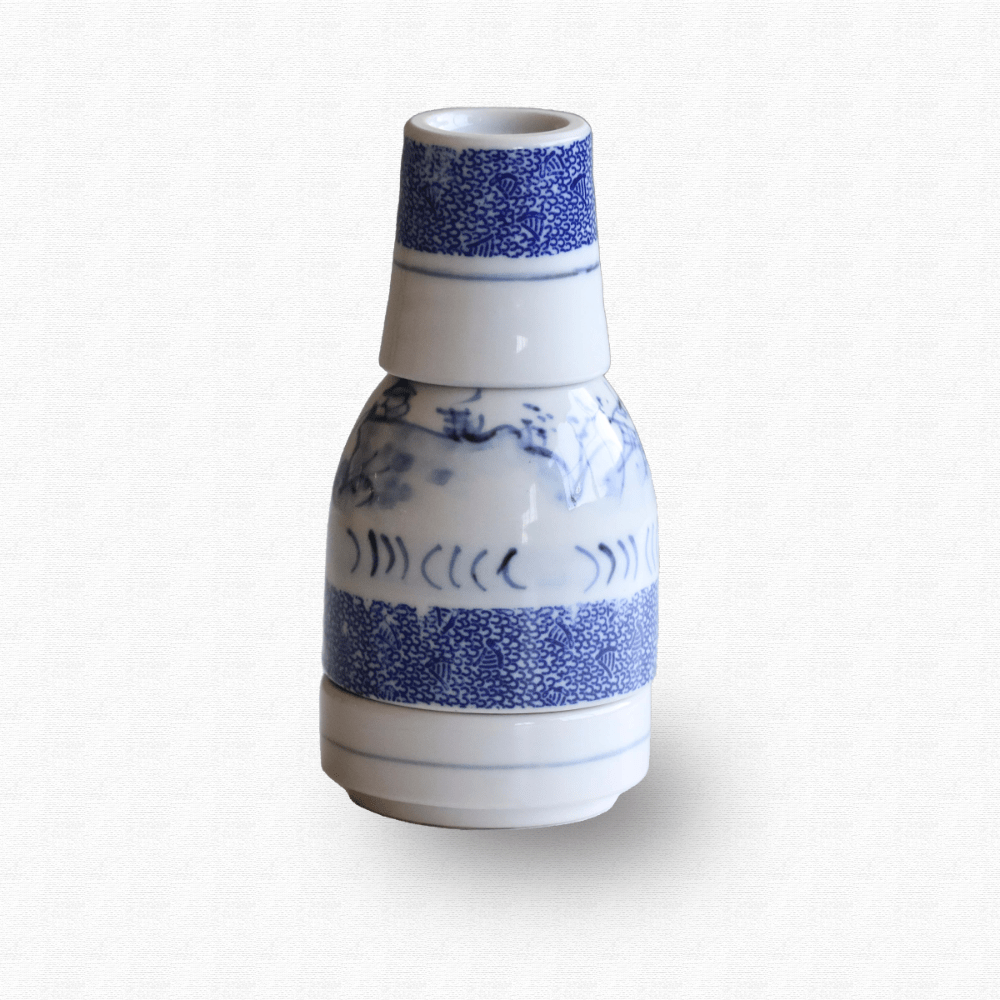
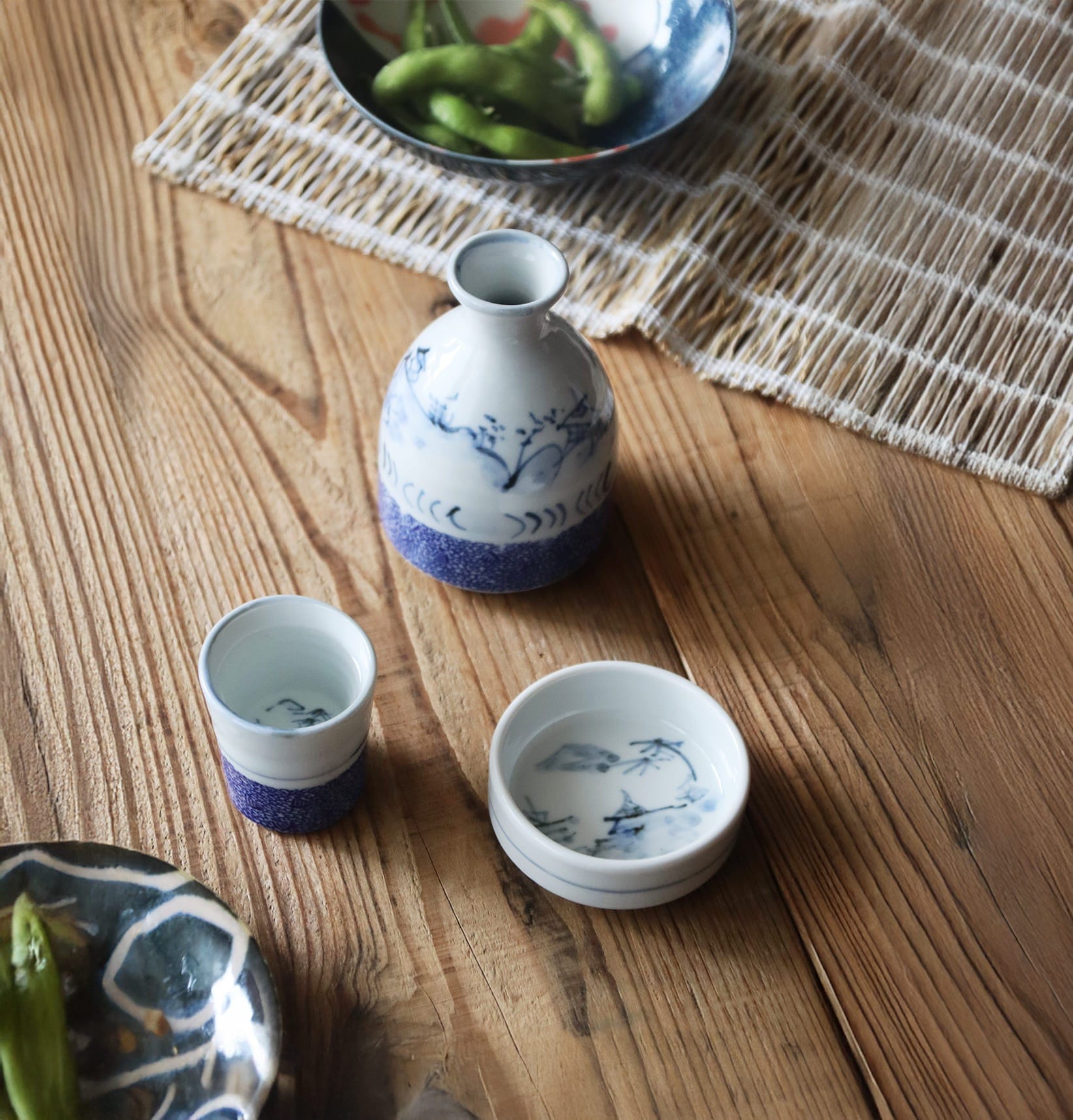
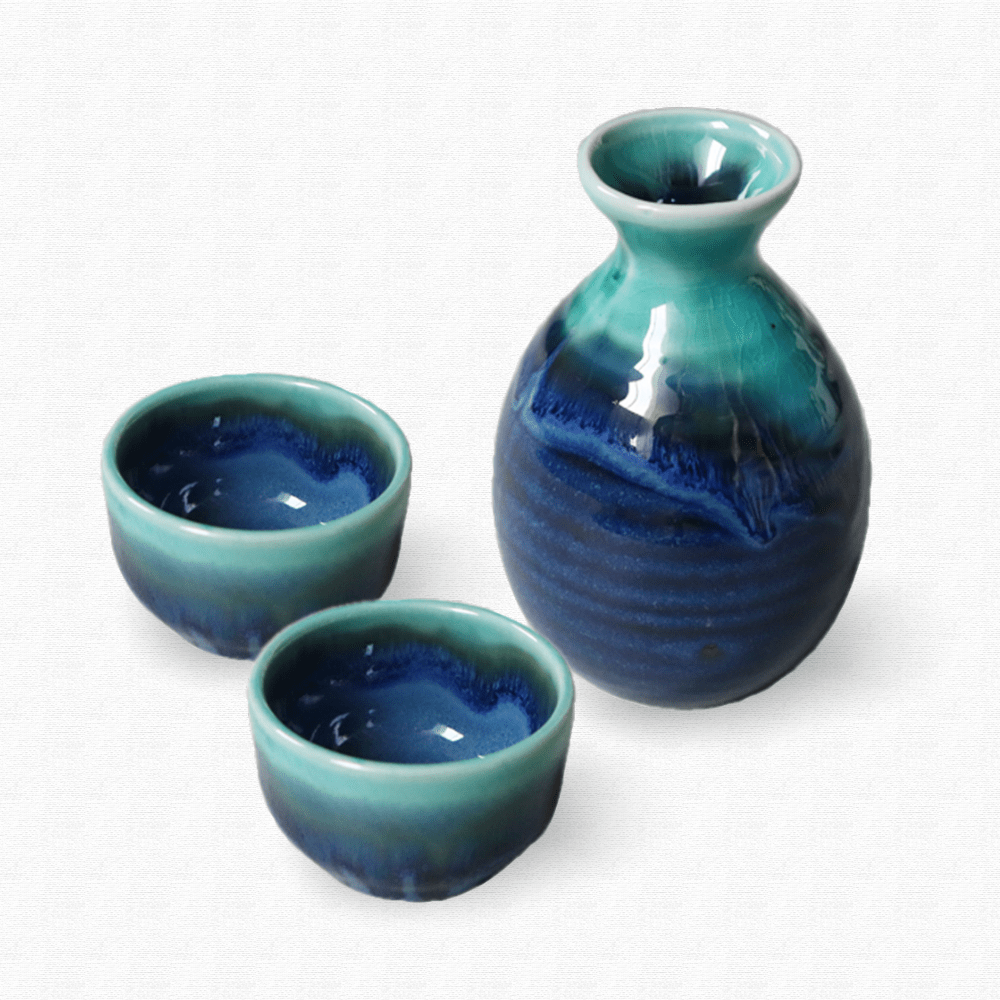
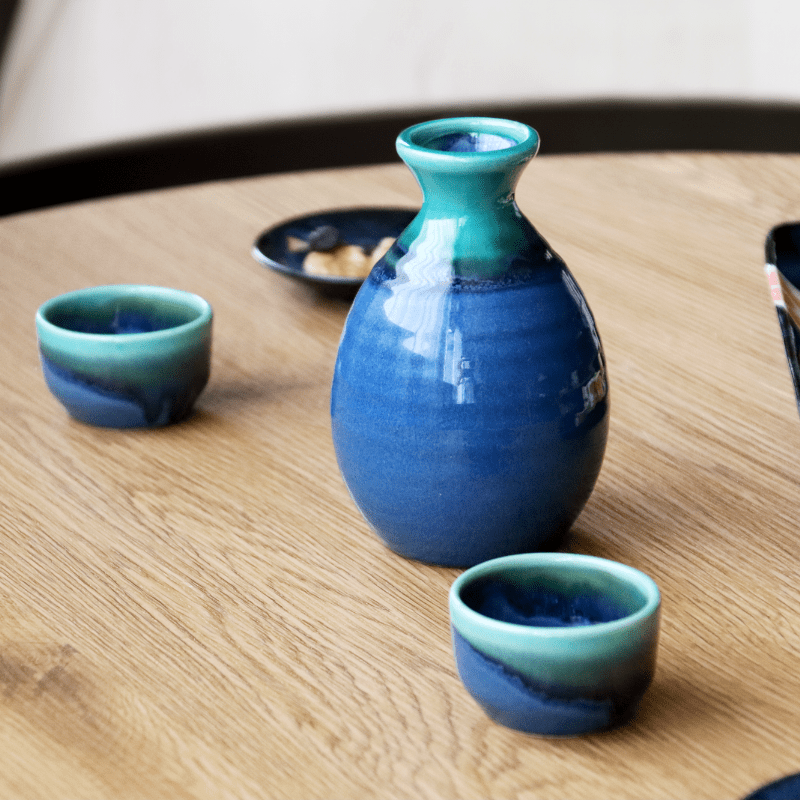
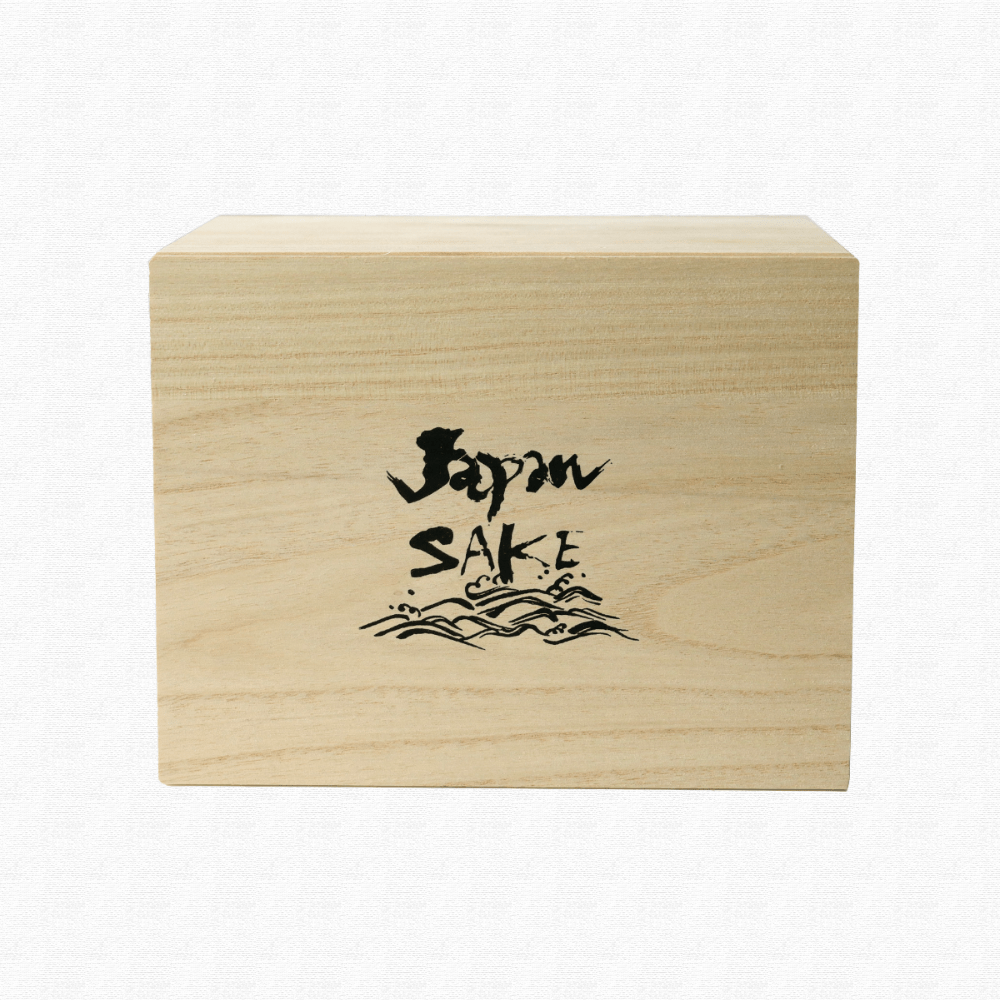
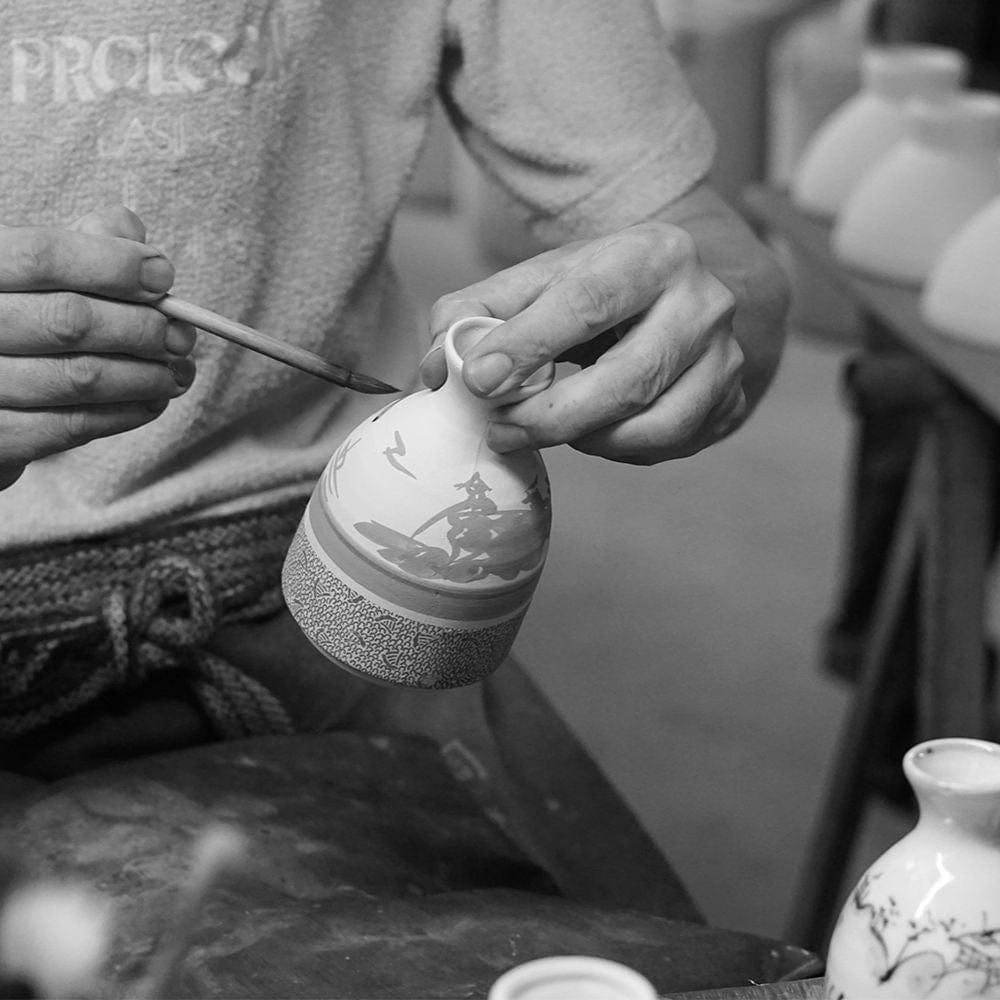
Share: